New funding to save Great Barrier Reef and create ‘ecological arks’
A new $5.5 million Federal Government plan to create “ecological arks” in the Great Barrier Reef and save many islands from the effects of climate change.
National
Don't miss out on the headlines from National. Followed categories will be added to My News.
Ecological “arks” will be created in the Great Barrier Reef under a new Federal Government funded program that for the first time links island health as critical to saving the coral.
Environment Minister Sussan Ley will today announce $5.5 million for a new island restoration program, starting with Morris Island off Cape York.
She said Lady Elliot Island on the reef’s southern border was the first regeneration project ever attempted at scale and its success could be replicated elsewhere.
“There are 1050 islands along the reef ranging from the pristine to former mine sites, disused tourism destinations and those that have been damaged by introduced pest species,” she said.
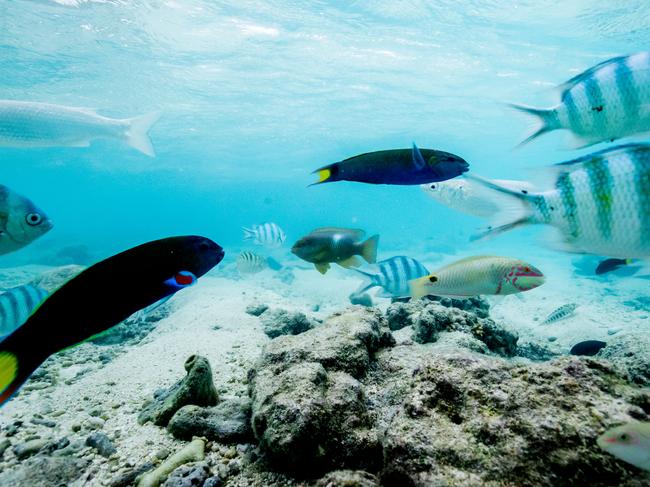
“As part of the Reef Islands initiative, Dr Kathy Townsend of Sunshine Coast University is leading new ‘leaf to reef’ research that follows the nutrient trail between islands and its importance to corals and marine life, as well as researching the importance of Lady Elliot’s reefs as a biodiversity ark in the region.”
Earlier this month it was revealed one third of the 252 UNESCO-listed world heritage natural sites were imperilled from climate change with the Great Barrier Reef put at “critical”.

Great Barrier Reef Marine Park Authority CEO Josh Thomas said there was “a window” to save the reef and where it once polarised views, all were now pulling in the same direction.
“The Great Barrier Reef is dependent on actions being taken, strong management action, strong community action and nowhere else on the planet is there more being done to protect a coral reef than in Australia,” he said.
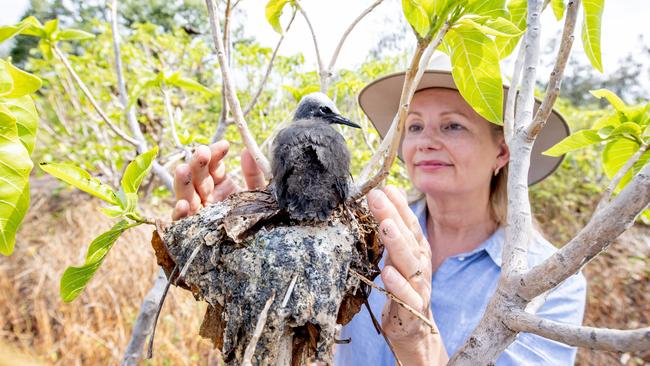
“Climate change is impacting all marine environments around the world, all eco systems, natural environments and the Great Barrier Reef has been a vocal point for the impacts of climate but managing the vast estate is something we are doing and better than anywhere else in the world and Australians can be proud we are a world leader here.”
Reef manager for the marine park authority Mark Read said overseas views particularly under-appreciated the complexity of the issue.
“For context the world heritage area is 348,000 square kilometres; it’s bigger than Italy, bigger than Japan and can sit Victoria and Tasmania within its boundaries. It stretches over 2000km and at its widest point is 250km, it’s 1050 islands, 3000 reefs – so trying to categorise that whole system within a single category, ultimately it fails and doesn’t do the system justice,” he said.

“What we are doing here (Lady Elliot) is trialling a range of techniques that we can then apply to other islands within the world heritage area … a lovely example of a working experiment, how you regenerate, create a nice balance of maintaining a functional eco resort and an epicentre of biodiversity, and that’s a critical thing in all of our business, bringing the partners together that think similarly and all go in the same direction towards a common goal.”
HOW LADY ELLIOTT ISLAND IS BEING RESTORED
Peter Gash is not God, but he could be.
He has literally grown an island, one seed, one bird, one coral reef at a time that is close to a miracle worthy of the Almighty himself and could now be the blueprint for the salvation of other coral cays throughout the Great Barrier Reef.
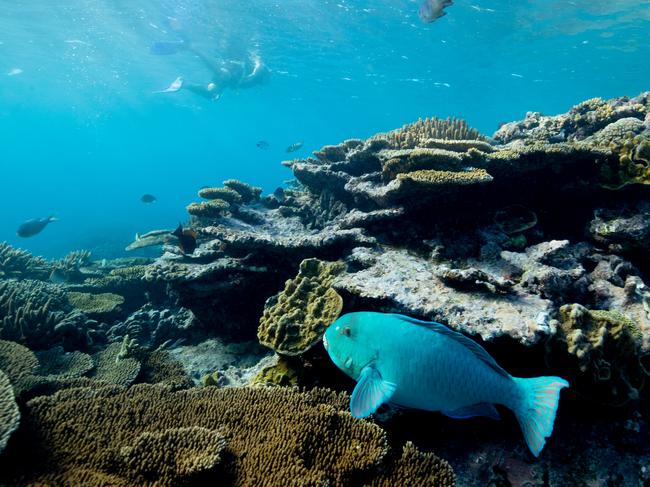
Lady Elliot Island is a genesis of what the Federal Government yesterday branded an “ecological ark” carrying the essential ingredients to rehabilitate the in-crisis reef, critically affected by natural and man-made climate change.
Gash and a dedicated team of scientists, backed by a string of Federal Government funded initiatives, are in part driven by a sketch discovered in archives drawn from a sailor aboard HMS Fly in 1843 of what the island sanctuary looked like then and could again.
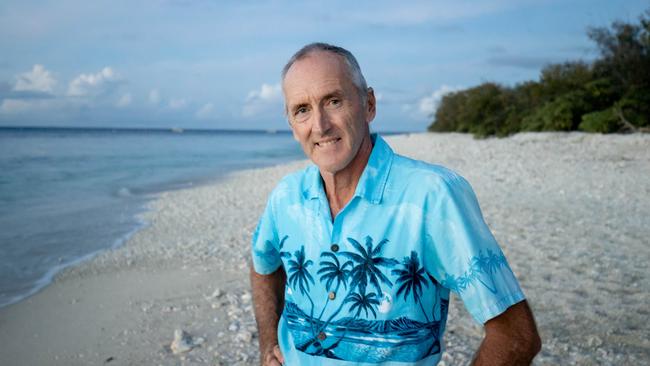
“So many people say ‘oh but it’s hopeless, there is nothing we can do and it’s all going to die’ and I hate hearing that, it’s never hopeless,” Island custodian Gash said as he looks out over the turquoise waters on the southern point of the reef, 80km from the Queensland mainland.
“Where there’s hope we will always go on. To see you can take a place that was degraded and make it beautiful and recover it, makes it exciting. Our work here alone cannot save the reef, that has to be done on a much bigger scale, global warming is a bigger issue but the only way we are going to change public opinion, government opinion and input on a massive scale is to get one person at a time, one day at a time to make that difference.”
In 1973 Lady Elliot Island was a dead 42-hectare coral atoll that after almost a century of mining for guano fertiliser was left barren, with no bird or sea life.

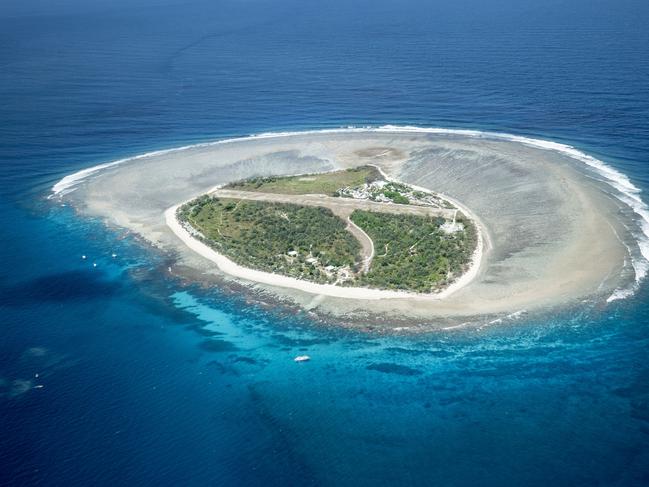
Now it boasts more than 1200 species of marine life including turtles and manta rays, whole forests of native Pisonia trees and grasses and the second highest diversity of breeding birds of any feature in the Great Barrier Reef after Raine Island on the reef’s northernmost tip.
Environment Minister Sussan Ley visited Lady Elliot this week to see first-hand the spectacular restoration result which she now hoped will be replicated elsewhere along the reef island chain starting with Morris Island, under a new $5.5 million investment.

She said the reef was at a critical juncture on how it managed the challenges of climate change, sediments from the mainland and farm run-off.
“In the end nature needs people, at the moment at this critical junction, it needs people not as much as we need nature, I hasten to add. Biodiversity matters because the living world can do without us but we can’t do without the living world.”
She said Gash’s work sent a strong message of hope for the reef but also elsewhere.
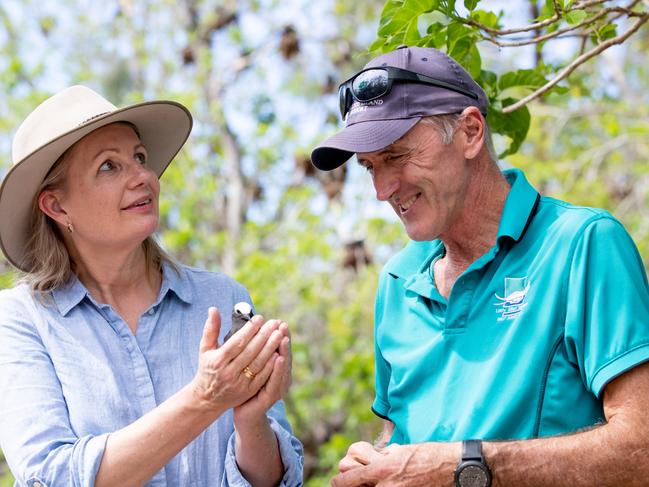
“With bushfires, with broader recognition about the challenges of climate change and understanding that there are things we can do to adapt to climate change and in my mind farmers, they are starting to tell the story that agriculture is telling them as well, that we understand how we manage landscapes. But we also have the tools, the information and the science and yes the money, government investments, to do this differently and do it well.”
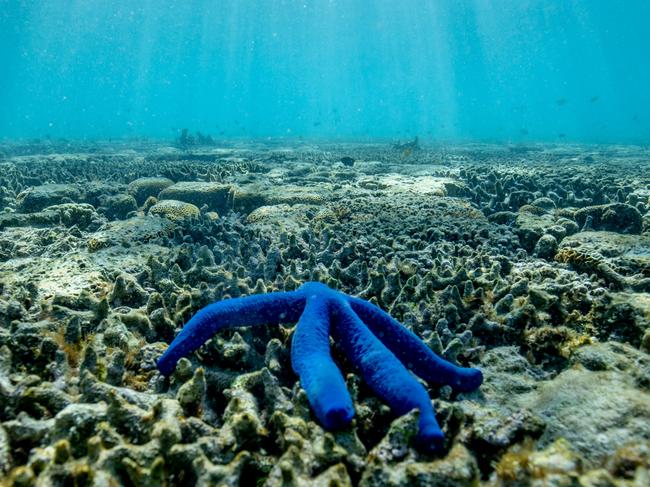
Great Barrier Reef Foundation managing director Anna Marsden said without a doubt there were “dark days” ahead for the climate but Lady Elliot was a shining light in what could be achieved within our life times.
“The idea is these arks, these climate refuges, will carry the reef forward,” she said. “The habitat will be able to be the ones to go, before the dark days, then when the world gets its act together and the balance restores these are the places that will reopen the doors and repopulate.”
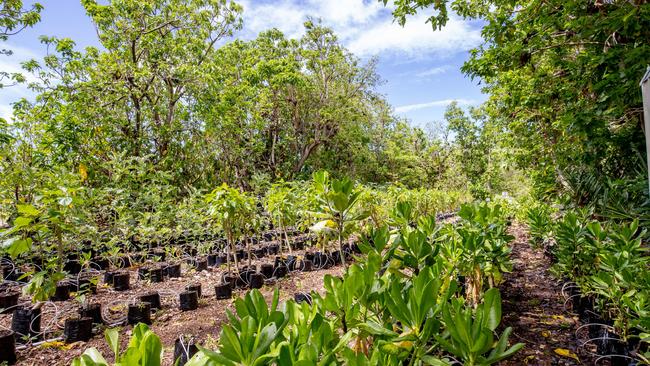
The Lady Elliot ark includes an impressive 2000 sqm nursery of native plants and grasses that once dominated the reef’s islands and could again.
World renowned marine biologist Dr Kathy Townsend said the correlation between land life and reef marine life was now only being understood.
“The connection between coral cays and the island has been undervalued,” she said.
“The current dogma is where these coral cays are getting their nutrients but new research is showing these coral cays are creating nutrients for the reef in a balanced way. It’s not a dump but a pumping action … it’s like growing an island. Without healthy islands you wouldn’t have the same level of growth and biodiversity you see around the reef.”
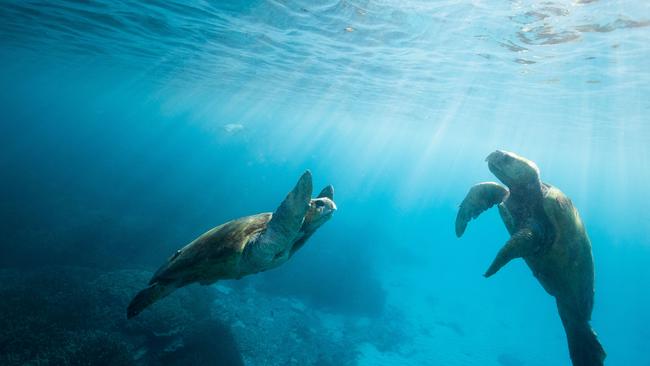
A recognised leading advocate for banning of plastic bags killing sea life, Canadian-born Dr Townsend said she never would have believed Australia would ban plastic bags.
“And yet within 10 years here we are … I’m optimistic we have the capabilities to make change, there is general wanting to make change that’s why places like this are super important.”
She said there had been a 125 per cent increase in turtle habitat and they again were the primary herbivore about Lady Elliot which was keeping coral killing grasses down.
The 61-year-old Gash, who first visited the island in the 1980s, said the sketch from HMS Fly inspired him.
“You can see there were forests, low water vegetation, large seabirds living there, rookeries,” he said.
“We have tried to recreate based on that drawing, that’s how the island wanted to be, how it wants to come back and we have an amazing opportunity here.”




